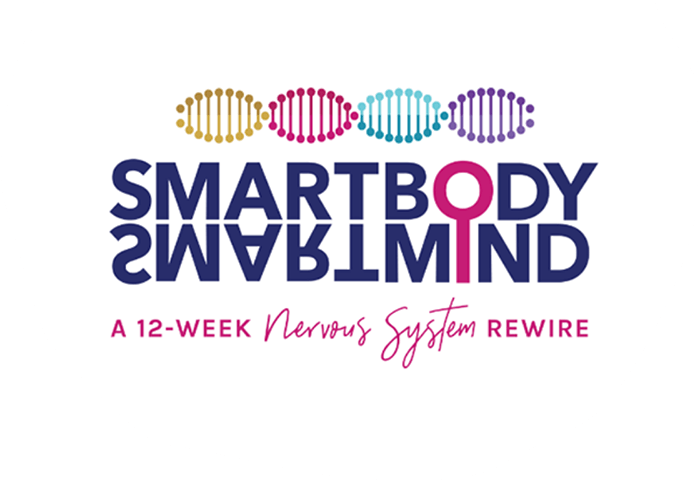This section addresses the following questions:
- It’s difficult for me to hold my neck in one place for so long without moving it around, unless it’s supported by the back of the chair, or if I am laying down. Any suggestions?
- Is it common to feel a lot of tension and pain in the neck when doing this lesson?
- I woke up this morning with a very sore neck and shoulders after doing the lesson yesterday. The movements were so gentle. I don’t understand why I’m sore?
- In this exercise, Irene says to stop if we notice tension and be with it until it leaves, but what if the tension doesn’t leave? Should I stay in that one position for the full session?
- I have resistance moving my head side to side. Shifting up and down is less difficult. Would that offer similar benefits?
- I feel resistance, tiredness and my eyes tend to go out of focus when I orient. Should I be doing something differently?
- I feel clicks at certain points as I turn my neck and I felt slight nausea afterwards. Are the clicks and nausea something to worry about?
- I had memories come up that brought on a sympathetic response while orienting. What should I do with this response?
- I found moving slowly produced anxiety and that my head would turn one direction but not the other. Why?
- Why does Irene suggest doing this exercise standing if you’re feeling anxious?
If your neck gets tired from being up right, you can definitely do this reclining with the head supported or even laying down. It’s also good to know it’s normal for orienting to bring up tension and other unpleasant bodily experiences.
Tension in the neck, head, or other part of the body while orienting can be due to recent injury or physical strain, but when it comes to trauma, the tension is because of past injuries or threats, so if you were feeling fine, and then you went to orient and suddenly felt a bunch of tension, it’s probably the latter.
Tension is sometimes due to old physical injuries and events that were part of a trauma that has to do with some sector of our environment, like we don’t want to look to the left because that’s where that bicycle came from that hit us, or I don’t want to look up and to the right because that’s where my father always stood, over my right shoulder, yelling at me while I tried to do my homework. Or, maybe we ALWAYS want to pay extra close attention to those sectors to keep an eye out for bicycles and angry fathers, and we miss the rest of our environment.
There can be physical pain and tension that build up from always avoiding, or habitually going towards, certain areas in our field of vision, and this can make it easier to go one way than the other, difficult to move at all, or difficult to move slowly and smoothly.
We may feel resistance to even doing the exercise, or it may feel very difficult and hard to stay with, and this can be very much due to past traumas that have woken up in our system by even the thought of slowly scanning the environment.
It’s also quite common when we orient to experience strange sensations, cricks and creaks in the joints, nausea, or a feeling of being checked out. We may also feel anxious, downright terrified, angry or suddenly irritable. All of this is likely due to us challenging our system with something different that is bringing up past somatic memories and emotions, which is of course the entire point, and why we want to keep coming back to the safety that is actually present in the current environment.
There are many ways to work with these tensions and other body memories and emotions that may arise. If just waiting and being with the experience while noticing the safety in the environment doesn’t shift anything, you can back off from the tension and then slow things down, going back and forth between where it feels fine, and where the tension or emotion sets in, and noting the instant things start to change, backing off, going a bit more, and seeing what happens.
You can also change the speed of your movement; try moving just the eyes but not the head, moving just the head but not the eyes, closing the eyes or softening them.
You can also change how you are sitting, or, if it’s the sitting itself that is contributing to feeling trapped, anxious, or tense in some way, you can stand or even walk around while orienting. Or you can leave the practice entirely and come back to it later.
